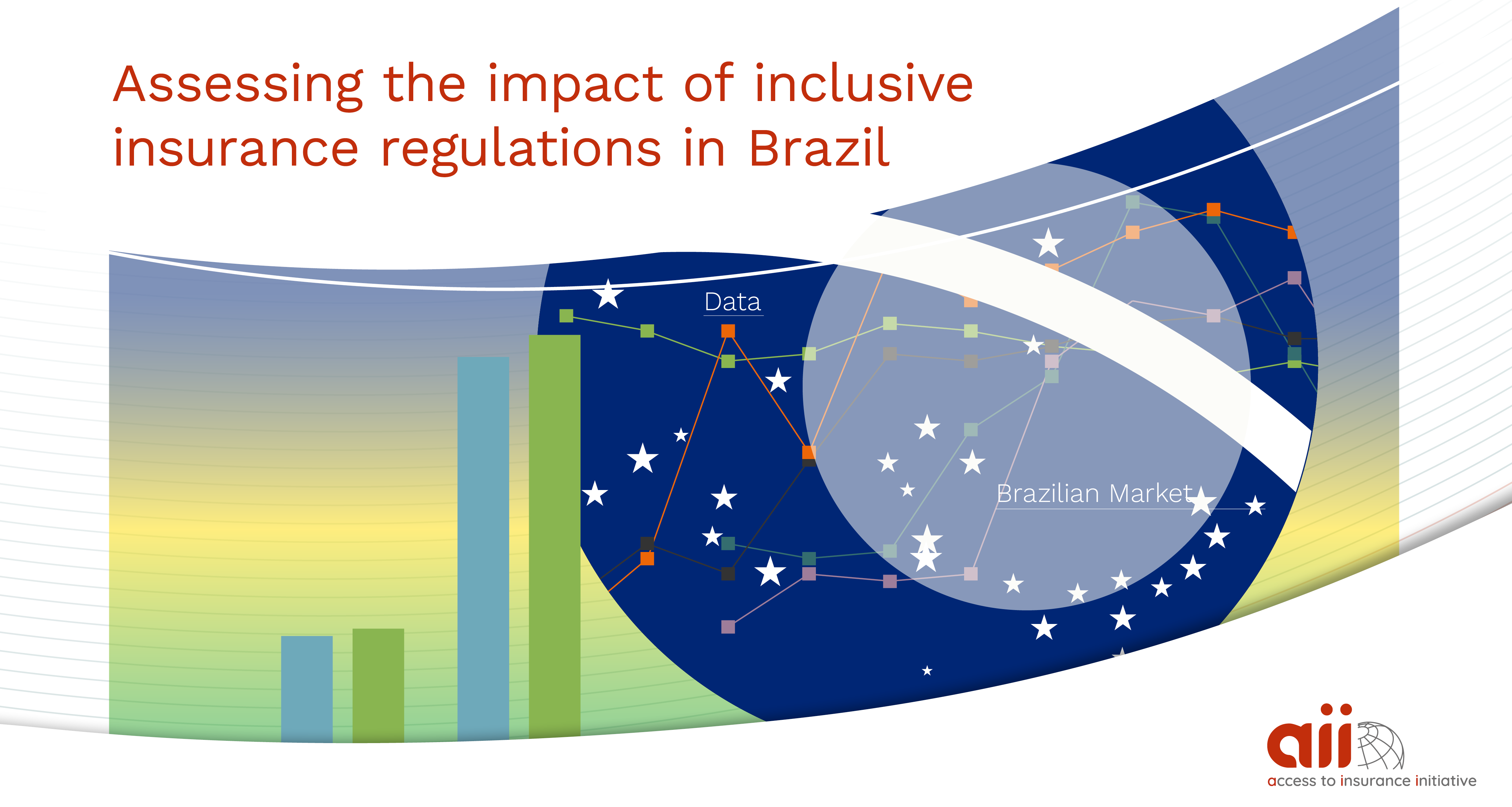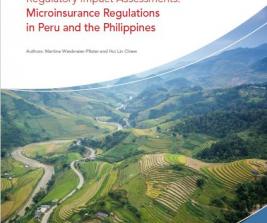Click here to watch the recording of the launch event in English or Spanish.
Author: Regina Simões
“Microinsurance regulations” or “inclusive insurance regulations” have been in place in many countries for some time now, but what evidence is there of their effectiveness?
Over the past years, A2ii and its partners have attempted to answer this question by evaluating markets in the Philippines, Peru, Mongolia, and Ghana. In these markets, regulatory measures aimed at increasing access to insurance for underserved and low-income segments were adopted and implemented. Microinsurance markets in these countries have grown.
Verifying causality between regulatory measures and market growth has limits, particularly at the macro level. In economically bearish years – as during the pandemic – shrinking markets could be attributed to consumers giving up their policies or general cautiousness about taking out insurance rather than regulation. Chains of cause and effect also take time: regulations often influence market conditions, which shape the behaviour of companies, but the final effects on the end-consumer take time to emerge. Furthermore, regulations are often implemented as a bundle of measures or statements, which can have varying effects. For example, stricter consumer protection regulations can increase compliance costs, while allowing the use of remote means in insurance contracts decreases them.
In 2021–2022, A2ii conducted an impact assessment in Brazil. The regulator introduced three significant sets of regulations on microinsurance and other inclusive insurance lines, the first being a dedicated microinsurance regulatory framework ↪ in 2011-2012. Subsequently, two further sets of regulations seeking to broaden insurance distribution and facilitate take-up were also issued. The regulatory framework did not involve compulsory offers or take-up, thus allowing the examination of voluntary take-up.
This study aims to:
- Share insights from regulatory impact assessment conducted in Brazil, including its challenges, and
- Provide a framework for supervisors wanting to assess the impact of their regulatory frameworks in the future.





